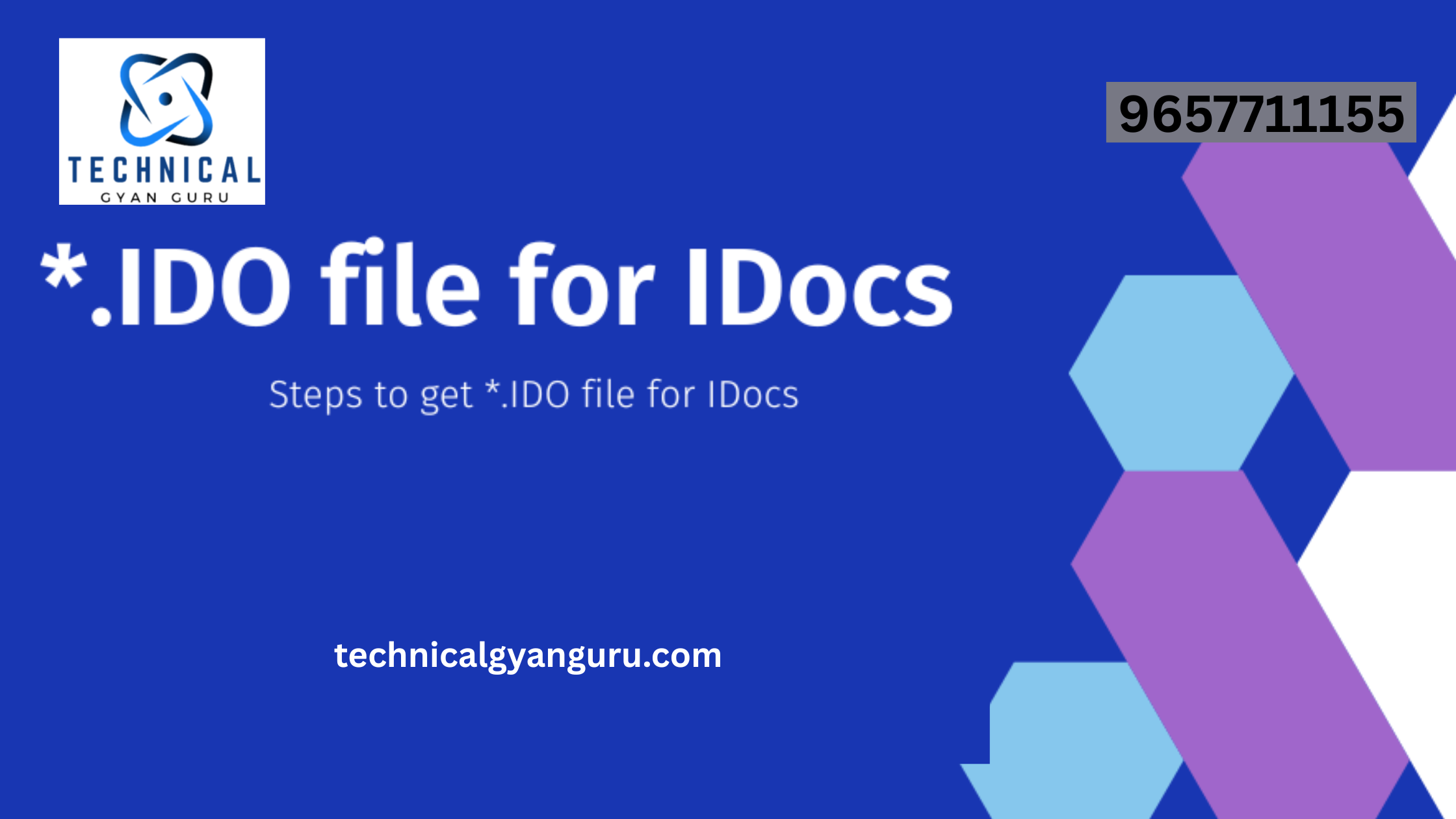Introduction
In the world of enterprise software development, SAP ABAP (Advanced Business Application Programming) holds a prominent position, powering the backbone of numerous organizations. Within this powerful language, SAP ABAP Objects represents a paradigm shift by introducing object-oriented programming (OOP) concepts. In this article, we’ll delve into the realm of SAP ABAP Objects, exploring its significance, key features, and how it modernizes SAP development.
Understanding SAP ABAP Objects
1. Evolution of ABAP
- Legacy ABAP: Traditional ABAP focused on procedural programming, limiting code reusability and maintainability.
- ABAP Objects Emergence: SAP introduced ABAP Objects, embracing OOP principles.
2. Key Features
a. Classes and Objects
- Class-Based Development: ABAP Objects introduces classes and objects, enabling modular and reusable code.
- Encapsulation: It supports encapsulation, allowing data and methods to be bundled within classes.
b. Inheritance
- Inheritance Hierarchy: Developers can create inheritance hierarchies, fostering code reuse and extensibility.
- Polymorphism: Inheritance enables polymorphism, where objects of different classes can be treated uniformly.
c. Interfaces and Abstract Classes
- Design by Contract: Interfaces and abstract classes facilitate design by contract, ensuring consistent behavior among objects.
- Multiple Inheritance: ABAP Objects allows multiple interface inheritance, promoting flexibility.
d. Event-Driven Programming
- Event Handlers: It supports event-driven programming, enhancing interactivity in SAP applications.
- User Interaction: Developers can create applications that respond dynamically to user actions.
3. Benefits for Developers
a. Code Reusability
- Modular Code: ABAP Objects encourages modular code, reducing redundancy and enhancing maintainability.
- Library of Objects: Developers can create libraries of reusable objects.
b. Enhanced Maintainability
- Easier Debugging: Object-oriented code is often easier to debug and maintain.
- Reduced Code Fragility: Changes in one part of the code are less likely to affect other parts.
c. Extensibility
- Future-Proofing: ABAP Objects’ extensibility ensures that applications can evolve with changing requirements.
- Customization: It enables easier customization of SAP solutions.
Challenges and Considerations
1. Learning Curve
- Transition Challenges: Developers familiar with traditional ABAP may face a learning curve when adopting ABAP Objects.
- Training: Comprehensive training is essential for a smooth transition.
2. Compatibility
- Compatibility with Legacy Code: Integrating ABAP Objects with existing ABAP code requires careful planning to maintain functionality.
3. Design Complexity
- Design Decisions: ABAP Objects requires thoughtful design decisions to fully leverage its capabilities.
Conclusion
SAP ABAP Objects represents a pivotal shift in the world of SAP development. It empowers developers to embrace object-oriented programming, fostering code reusability, maintainability, and extensibility. While transitioning to ABAP Objects may pose challenges, the long-term benefits make it a worthwhile investment for organizations looking to modernize their SAP solutions.
As businesses strive for agility and innovation in the digital age, SAP ABAP Objects stands as a cornerstone, enabling developers to build robust, flexible, and future-proofed applications.
FAQs
1. Is SAP ABAP Objects backward-compatible with traditional ABAP code?
- Yes, SAP ABAP Objects is backward-compatible, allowing the integration of object-oriented code with legacy ABAP code.
2. Are there any performance considerations when using ABAP Objects?
- While ABAP Objects can lead to more efficient and maintainable code, developers should still consider performance optimization techniques.
3. How can developers transition to ABAP Objects from traditional ABAP?
- Transitioning may require training and hands-on experience. SAP offers resources and courses to help developers make the switch.
4. Can SAP ABAP Objects be used for custom application development?
- Yes, SAP ABAP Objects is widely used for custom application development within the SAP ecosystem.
5. What are some real-world examples of applications built using SAP ABAP Objects?
- SAP applications, including SAP S/4HANA, often incorporate ABAP Objects to leverage its benefits in terms of maintainability and extensibility.







